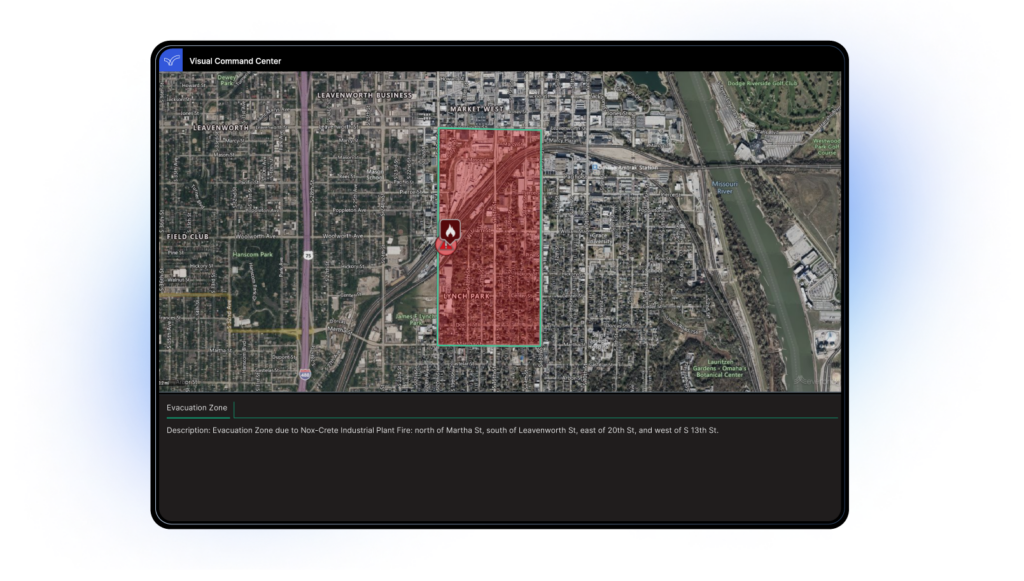Des solutions au service de nos clients
Everbridge numérise la résilience organisationnelle à grande échelle, et aide ses clients à protéger leur personnel et leurs biens grâce à une suite intégrée de solutions de gestion des événements critiques.
Naviguez en toute sécurité dans un monde imprévisible, réduisez les coûts associés aux événements critiques et accélérez le retour à la normale grâce à Everbridge.
Grâce à sa plateforme complète de gestion des événements critiques, unique sur le marché, Everbridge permet aux organisations d’anticiper les événements critiques, d’en limiter les impacts et de réagir rapidement afin d’en sortir renforcées. Nous offrons ainsi à nos clients la fiabilité, la sécurité et la conformité nécessaires pour des résultats tangibles.

Everbridge numérise la résilience organisationnelle à grande échelle, et aide ses clients à protéger leur personnel et leurs biens grâce à une suite intégrée de solutions de gestion des événements critiques.
Anticipez et limitez l’impact des perturbations pour assurer la continuité des activités.
Optimisez la sécurité, le bien-être et la productivité de vos collaborateurs, où qu’ils se trouvent.
Limitez l’impact des interruptions de service et les tâches non planifiées.

Conformément à sa mission, Everbridge s’engage à remplir son devoir de protection, à accompagner ses clients dans la gestion des événements critiques et à avoir un impact positif sur le monde. Nous comptons parmi nos clients des entreprises du classement Fortune 1000 et des acteurs majeurs dans de nombreux secteurs : services financiers, santé, technologie et télécommunications, énergie et services publics, transport, commerce de détail, e-commerce, secteur public, industrie, et enseignement.

« Grâce au module Crisis Management, nous sommes en mesure d’évaluer rapidement la situation, d’activer le plan approprié et de veiller à ce que les mesures adéquates soient prises pour protéger au mieux notre personnel et nos agences ».